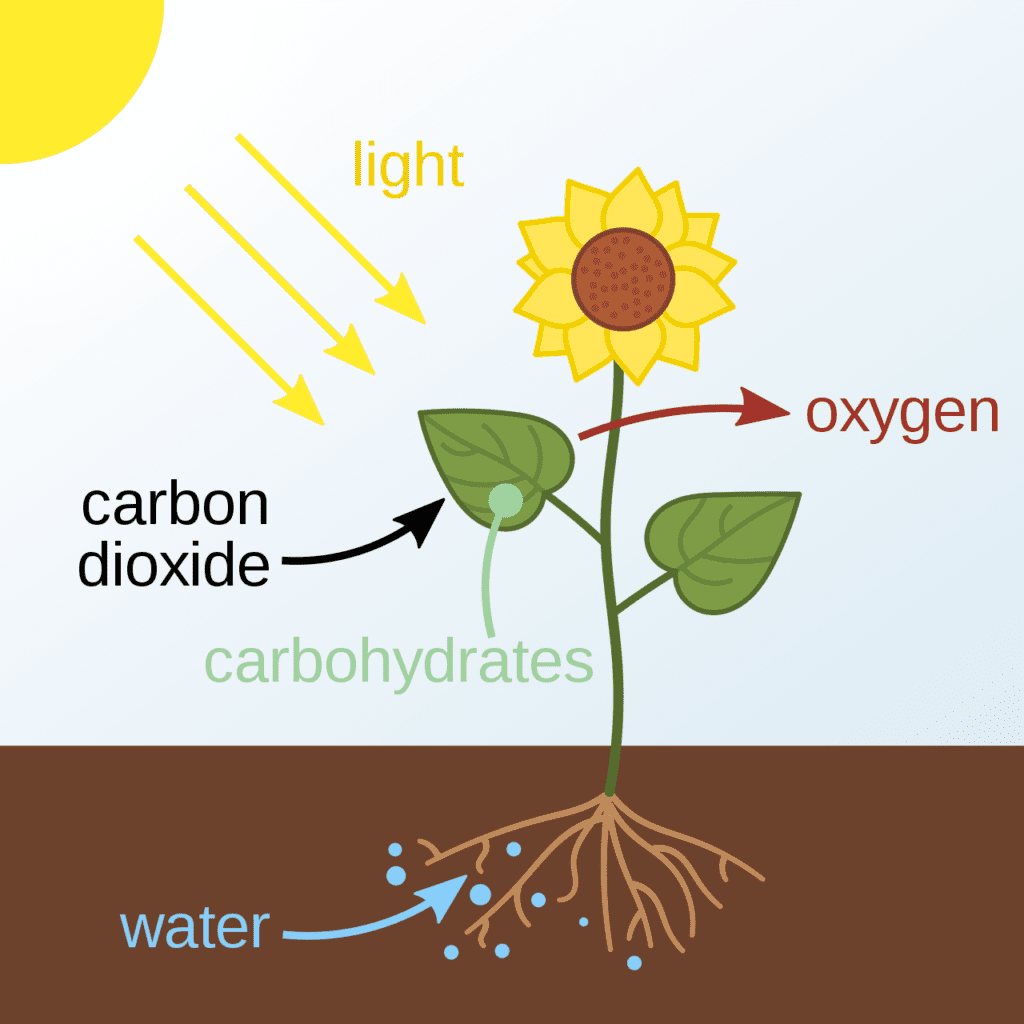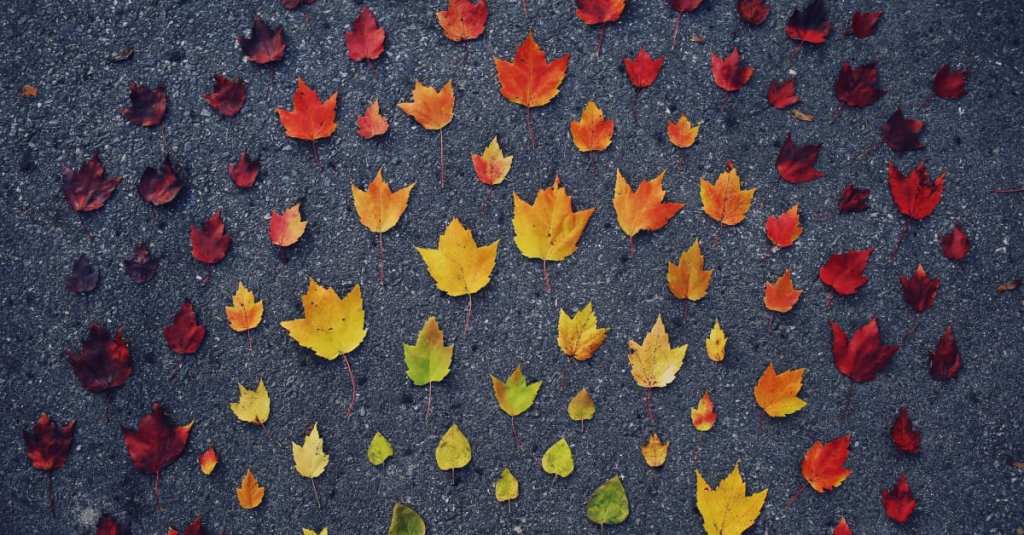Trending Now
Fall is such a beautiful time of year. It’s a time of transition from summer to winter, and nothing quite embodies that transition like the changing colors of the leaves.
According to an Iroquois Native American legend, the leaves change colors in the winter because a group of young hunters slew the Great Bear, and its blood turned the leaves red.
While a vivid illustration, there’s actually a much simpler and less gory explanation for why the leaves change colors in the fall.

Image Credit: Unsplash
Do you remember learning about photosynthesis in school? If not, let’s do a quick refresher.
Photosynthesis is the process of plants converting carbon dioxide, water and sunlight into energy. Photosynthesis cannot happen without chlorophyll.
According to Gardening Know How,
“chlorophyll, which resides in the chloroplasts of plants, is the green pigment that is necessary in order for plants to convert carbon dioxide and water, using sunlight, into oxygen and glucose.”
So, does that mean the leaves turn shades of yellow, orange, and red because the plants are running out of chlorophyll?
Well… yes and no.

Image Credit: Wikipedia
Chlorophyll isn’t the only pigment present in leaves, even when they looks green. Pigments carotene and xanthophyll are also present, although we can’t see them.
In the fall, when the days are shorter and colder, and the air is dryer, there isn’t as much sunlight for the leaves of the trees to absorb.
Without sunlight, those leaves can’t convert carbon dioxide and water into energy, so they stop their food making process.
The chlorophyll in the leaf breaks down, revealing the other beautiful pigments that were always there.

Image Credit: Unsplash
Have you ever wondered why the leaves fall as they change color?
This happens because as the days get shorter and colder, each leaf grows a layer of cells that seal it off from the tree.
The tree keeps living, and the leaf detaches and decomposes, so that a new leaf can grow in the spring.
While carotene pigments give rise to orange leaves, xanthophyll pigments give us those beautiful yellow leaves like you might see on a Big-leaf Maple.

Image Credit: Unsplash
Some leaves, like those of most oak trees, will simply turn brown. Red or reddish-purple leaves will have various mixtures of anthocyanin pigments residing within them.
Some years you might see more vivid red leaves. This is because weather plays a role in determining how much anthocyanin pigment can be found in certain leaves.
Sunny days mixed with low evening temperatures, above freezing, generally lead to more anthocyanin production in trees like maples.
With the sun shining, the leaf can produce energy, but the cool evenings cause the tree to absorb as much sugar and nutrients from the leaf as possible.
The result is a higher amount of anthocyanin pigments.

Image Credit: Unsplash
Isn’t science cool?
Hopefully, the next time you take an autumn stroll through the park or in the woods, you’ll remember how the colors of fall come to be, and appreciate them all the more.
Personally, I love a maple full of yellow leaves.
What do you think is the most beautiful type of tree in the fall? Let us know in the comments!






